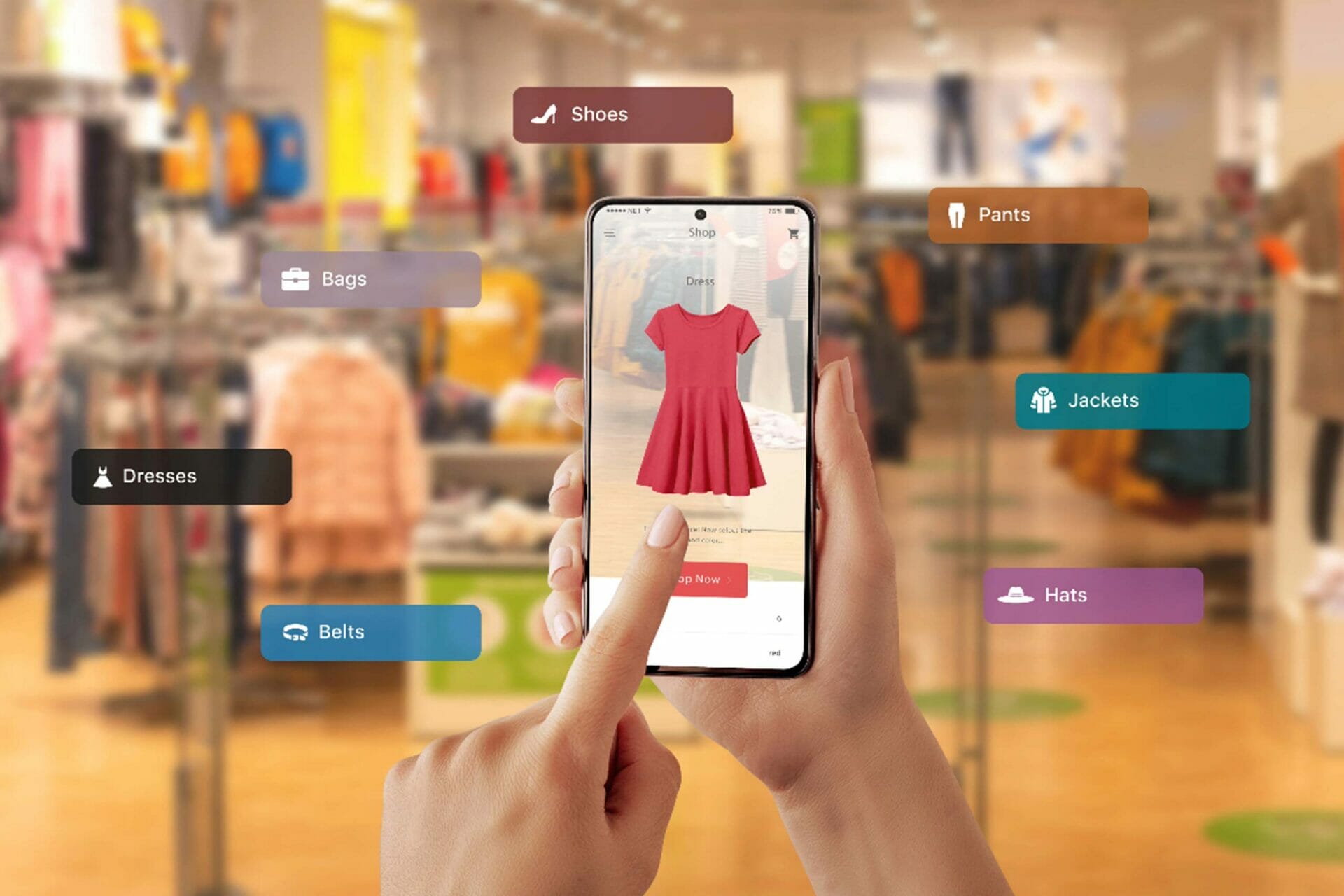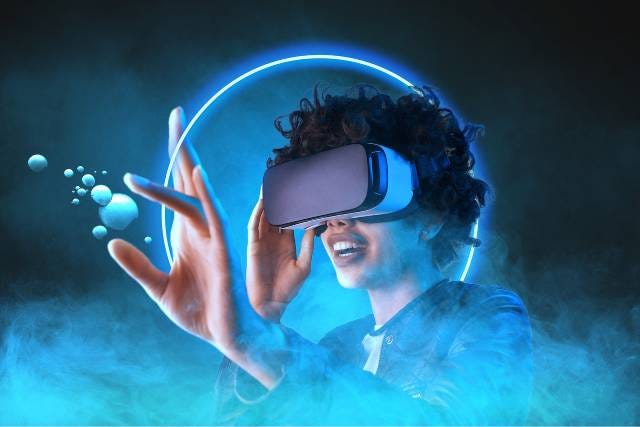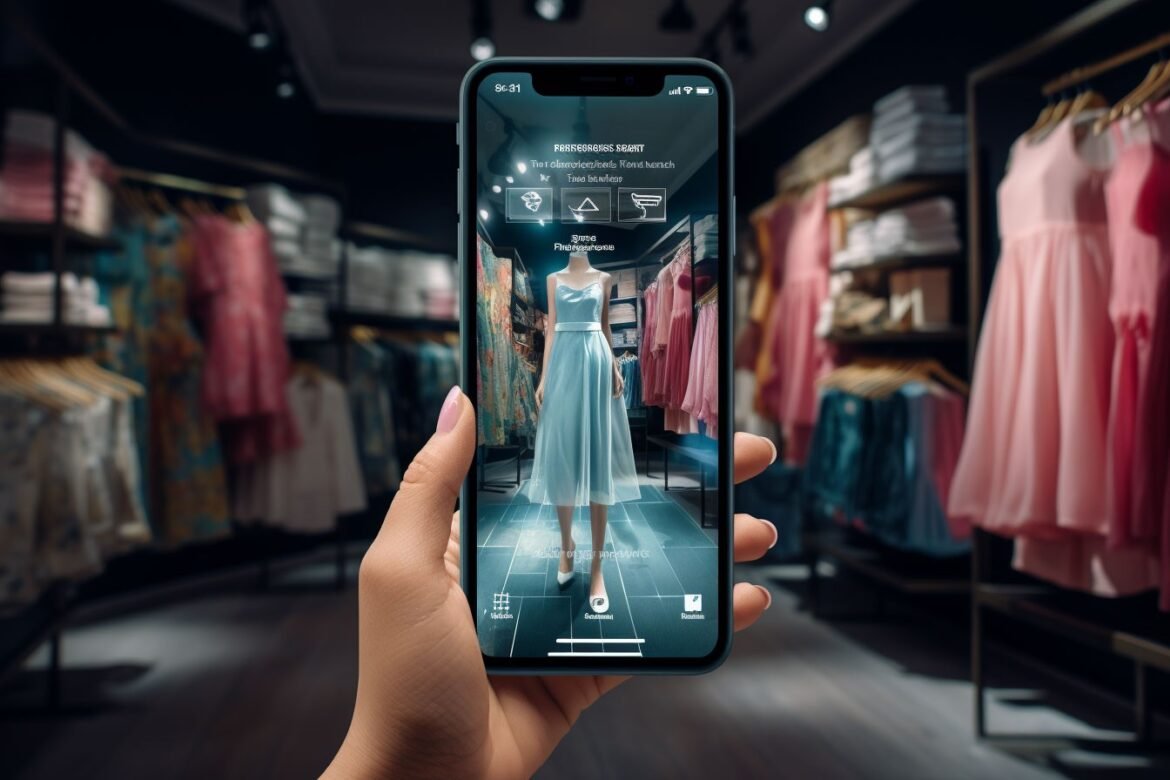
Introduction
Definition of Augmented Reality in Retail
Augmented Reality (AR) in retail refers to the innovative technology that blends digital elements with the physical retail environment. It enhances the shopping experience by overlaying digital content, such as 3D models, animations, or information, onto real-world settings through smartphones or AR devices. Imagine walking into a store where you can visualize how furniture would fit in your living room, all through your phone screen—this is the power of AR in retail.
Evolution and Current State of Augmented Reality in Retail
The journey of AR in retail has seen significant advancements over the years. Initially, AR applications were primarily experimental and novelty-driven. However, as technology became more accessible and user-friendly, retailers embraced AR tools to create immersive shopping experiences. Today, brands leverage AR for:
- Virtual try-ons and fittings
- Interactive product demonstrations
- Personalized marketing campaigns
As a result, AR is not just a gimmick; it is becoming an integral part of modern retail strategy. The continuous evolution in AR technology promises an exciting future in retail, where shopping becomes a unique and engaging experience.

Benefits of Augmented Reality in Retail
Enhancing Customer Engagement
Integrating Augmented Reality (AR) into retail not only attracts attention but actively engages customers. Imagine a shopper scanning a product with their smartphone, only to be greeted by augmented visuals that provide additional product information or reviews. This interactive experience keeps customers entertained and informed, fostering a deeper connection with the brand.
Improving Customer Experience
AR simplifies the shopping journey by offering features like virtual try-ons or interactive displays. For instance, a customer can see how a pair of glasses fits their face or how a vase looks on their dining table. This eliminates uncertainty and enhances satisfaction, leading to a more enjoyable shopping experience.
Boosting Sales and Conversions
The application of AR in retail is proven to increase sales. Retailers utilizing AR report higher conversion rates due to enhanced customer confidence. Key benefits include:
- Reduced return rates: With better visualization, customers feel assured about their choices.
- Increased impulse buying: Engaging AR experiences evoke spontaneity in purchases.
By harnessing the power of AR, retailers not only captivate their audience but also drive significant business results.

Implementation of Augmented Reality in Retail
Virtual Try-Ons and Fittings
One of the most compelling applications of Augmented Reality (AR) in retail is the virtual try-on experience. Retailers, particularly in the fashion and beauty sectors, allow customers to visualize how clothing, makeup, or accessories look on them without physically trying them on. For example, a shopper can use an app to see how a dress fits or how a lipstick shade complements their skin tone, creating a more tailored shopping experience.
Interactive Product Visualization
Another exciting feature is interactive product visualization. Retailers can incorporate AR features that let customers see products in 3D, examine intricate details, and even customize colors or sizes. Think about a customer who can rotate a chair to view it from different angles or switch its upholstery—all from the comfort of their home.
Personalized Shopping Experiences
Lastly, AR enables highly personalized shopping experiences. By integrating customer preferences and behaviors, retailers can offer tailored AR interactions. For instance, a customer interested in eco-friendly products could receive tailored recommendations showcasing sustainable options. This level of customization not only increases satisfaction but also encourages customer loyalty, making AR an invaluable tool for modern retail strategies.
Challenges and Limitations
Technology and Cost Constraints
While the benefits of Augmented Reality (AR) in retail are plentiful, several challenges persist. One major hurdle is the technology and cost constraints associated with developing AR solutions. Retailers often face high initial investments in AR applications and the equipment needed to deploy them effectively. For smaller businesses, these costs can be prohibitive, limiting their ability to compete in a technology-driven market.
User Adoption and Integration Issues
Another challenge lies in user adoption and integration issues. Not every consumer is familiar with AR technology, causing a hesitation to engage with it. Additionally, integrating AR into existing systems can be complex, requiring skilled personnel and robust IT support. If the implementation isn’t seamless, it may lead to customer frustration rather than engagement.
Data Security and Privacy Concerns
Lastly, data security and privacy concerns pose significant limitations for retailers employing AR. Customers may be wary of sharing personal information or using apps that utilize facial recognition technology. Retailers must prioritize safeguarding customer data and comply with regulations, which can complicate AR adoption strategies. Meeting these challenges head-on is essential for harnessing the full potential of AR in retail.

Future Opportunities for Augmented Reality in Retail
Integration with AI and Machine Learning
The future of Augmented Reality (AR) in retail is undeniably bright, particularly when considering its integration with AI and machine learning. These technologies can enhance AR experiences by personalizing recommendations based on shopping behavior or preferences. Imagine an AR app that analyzes your previous purchases and suggests items that complement your style in real-time—this is what the future holds!
Augmented Reality Advertising and Marketing
Furthermore, AR is set to revolutionize advertising and marketing strategies. With interactive advertisements allowing consumers to engage with products before making a purchase, brands can create compelling campaigns. For instance, a customer could point their phone at a poster to see a product in action or access exclusive content, making the advertisement more memorable and impactful.
Augmented Reality for In-Store Navigation
Lastly, AR technology promises to elevate in-store navigation. Imagine walking into a large retail store and using AR glasses or an app to guide you directly to your desired products—no more wandering the aisles! This level of convenience can significantly enhance the shopping experience and encourage customers to explore more offers. In summary, as AR continues to evolve, its applications in retail will expand, unlocking endless possibilities.

Case Studies and Success Stories
IKEA Place
One of the most notable successes in leveraging Augmented Reality (AR) is IKEA Place. This innovative app allows users to visualize how IKEA furniture will look in their homes before purchasing. By simply using their smartphone, customers can drag and drop 3D models into their real space, making furniture shopping more interactive and less daunting. Personal anecdotes suggest that many users find it drastically reduces return rates, as customers can see if a piece fits both physically and stylistically in their spaces.
Sephora Virtual Artist
Similarly, Sephora’s Virtual Artist app has transformed the beauty shopping experience. This tool enables customers to try on makeup virtually through their devices. Users can apply different lip colors, eyeliners, or foundations with just a swipe. This innovative approach not only enhances engagement but also allows customers to make confident purchasing decisions, which is crucial in beauty retail.
Warby Parker’s Virtual Try-On
Lastly, Warby Parker has made waves in eyewear retail with its Virtual Try-On feature. Customers can see how different frames look on their faces using AR technology, removing the guesswork typically associated with online glasses shopping. This seamless experience has reportedly significantly boosted customer satisfaction and conversion rates for the brand.
These case studies illustrate the diverse and transformative potential of AR in retail, setting benchmarks for future implementations.

Regulatory and Ethical Considerations
Compliance with Data Protection Regulations
As retailers increasingly adopt Augmented Reality (AR) technologies, regulatory and ethical considerations come to the forefront. Compliance with data protection regulations, such as GDPR in Europe or CCPA in California, is crucial. These regulations set stringent guidelines on how customer data is collected, stored, and used. Retailers must ensure that their AR applications are transparent, informing customers about data usage while obtaining explicit consent.
Ethical Use of Customer Data in AR Retail Experiences
Moreover, ethical use of customer data in AR retail experiences is paramount. Retailers must balance personalized experiences with user privacy. For instance, while leveraging AR to personalize recommendations based on user behavior, businesses should avoid intrusive data practices that compromise trust. Companies need to prioritize honest communication regarding data usage, ensuring customers feel secure and respected. By adhering to these guidelines, retailers can create innovative AR experiences that are both engaging and ethically sound, paving the way for consumer confidence in their technologies.

Conclusion and Future Outlook
Summary of Augmented Reality’s Impact on Retail
In conclusion, Augmented Reality (AR) has significantly transformed the retail landscape, enhancing customer engagement, improving shopping experiences, and boosting sales. From virtual try-ons to interactive product visualizations, AR has redefined how consumers interact with brands. As evidenced by success stories like IKEA Place and Sephora Virtual Artist, AR technology has become a critical tool for retailers aiming to differentiate themselves in a competitive market.
Predictions for the Future of AR in Retail
Looking ahead, the future of AR in retail appears promising. We can anticipate:
- Deeper integration with AI, allowing for even more personalized experiences.
- Expansion into new sectors, such as grocery and automotive.
- Enhanced in-store navigation tools, simplifying customer journeys.
As AR technology continues to evolve, it will undoubtedly create more unique, safe, and engaging shopping experiences, making it a cornerstone of retail innovation for years to come.

